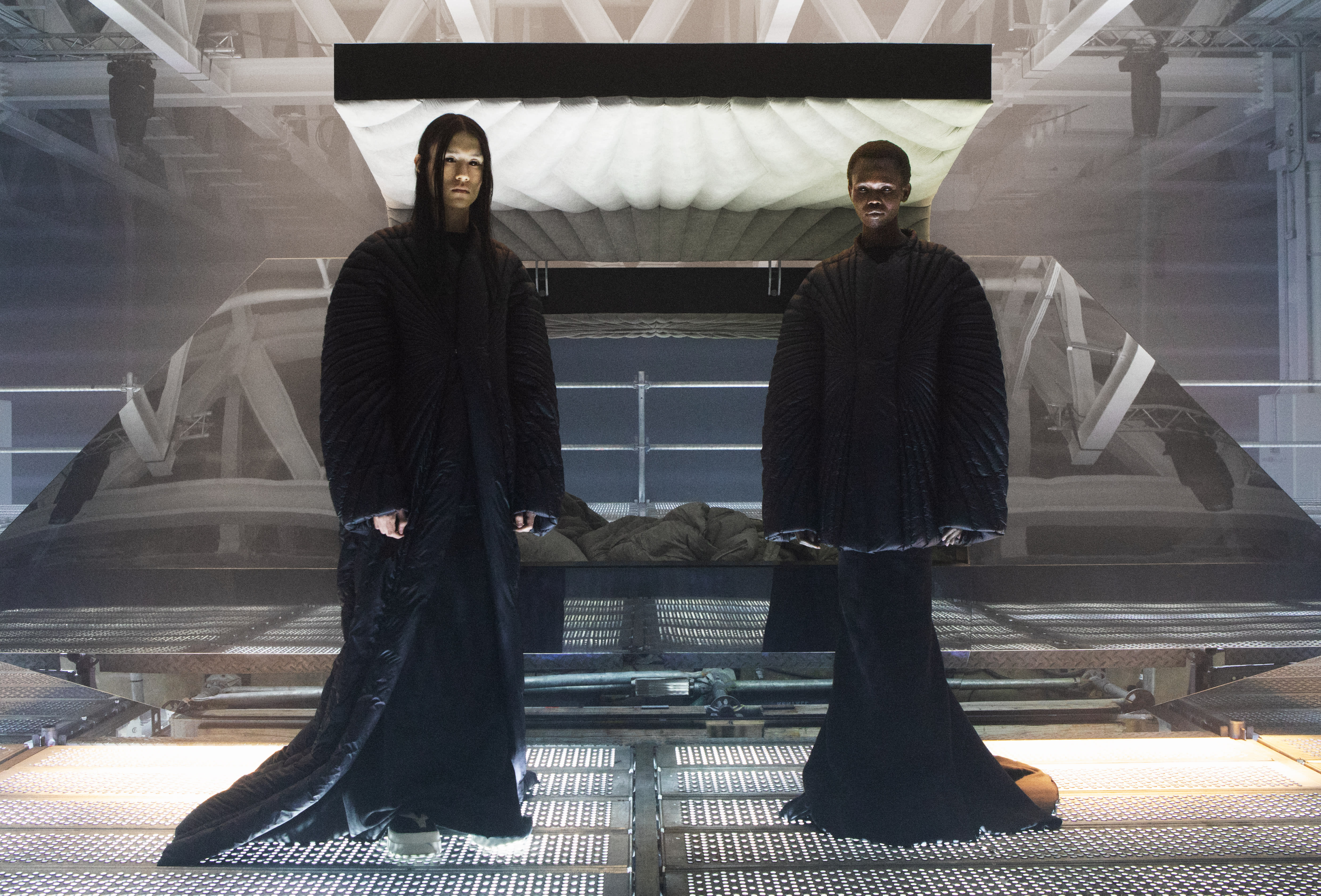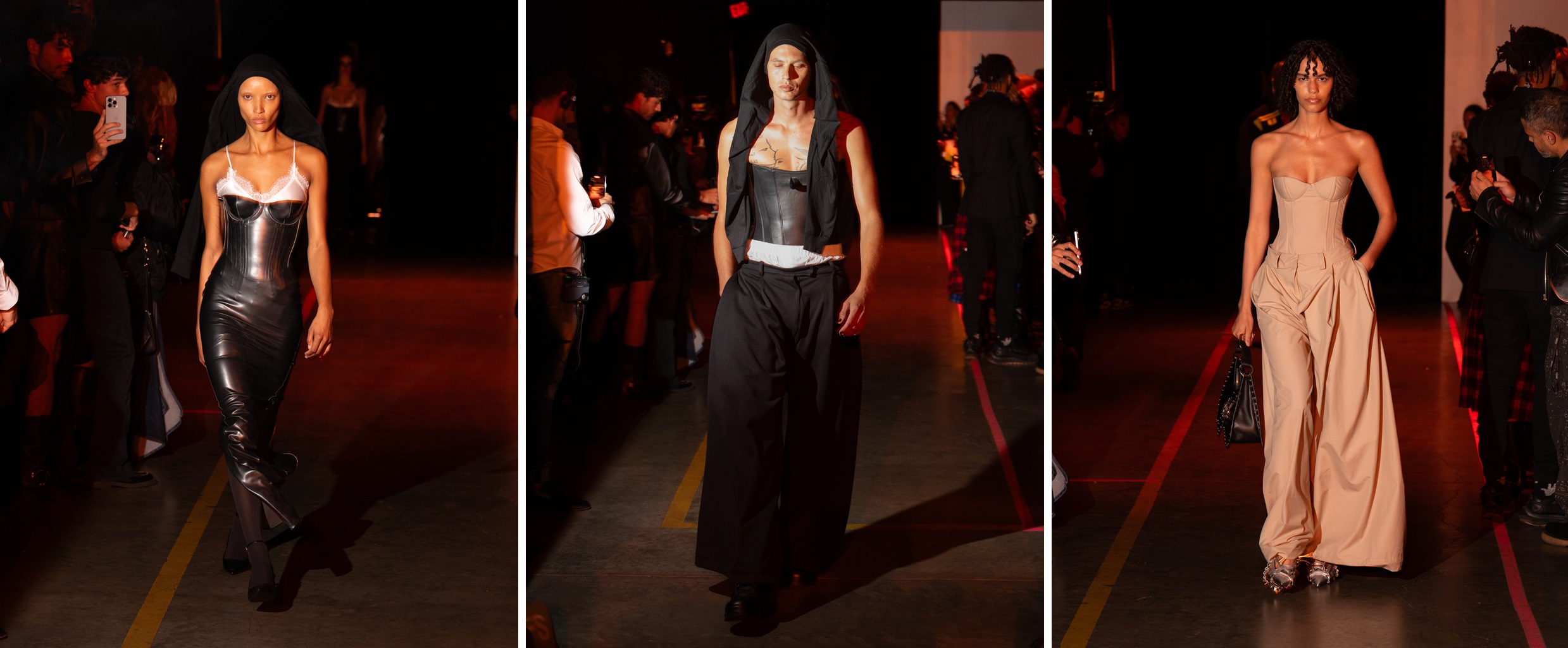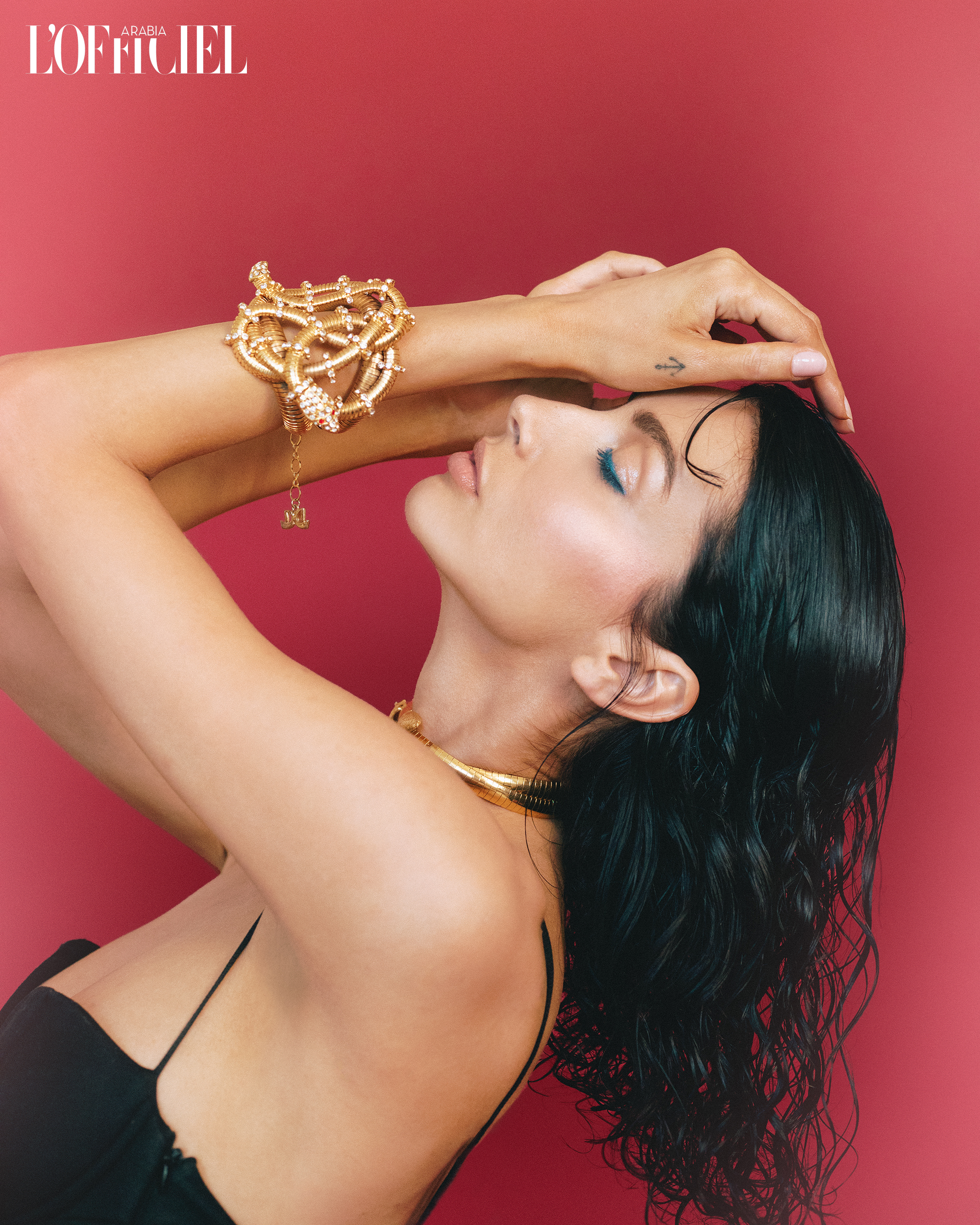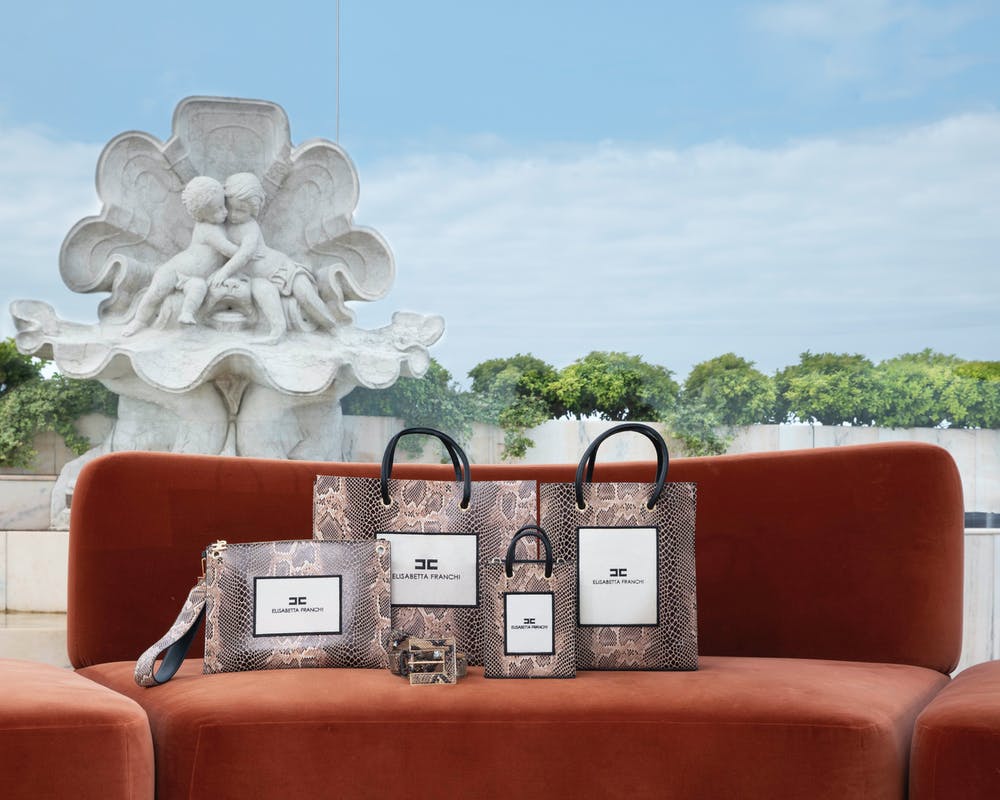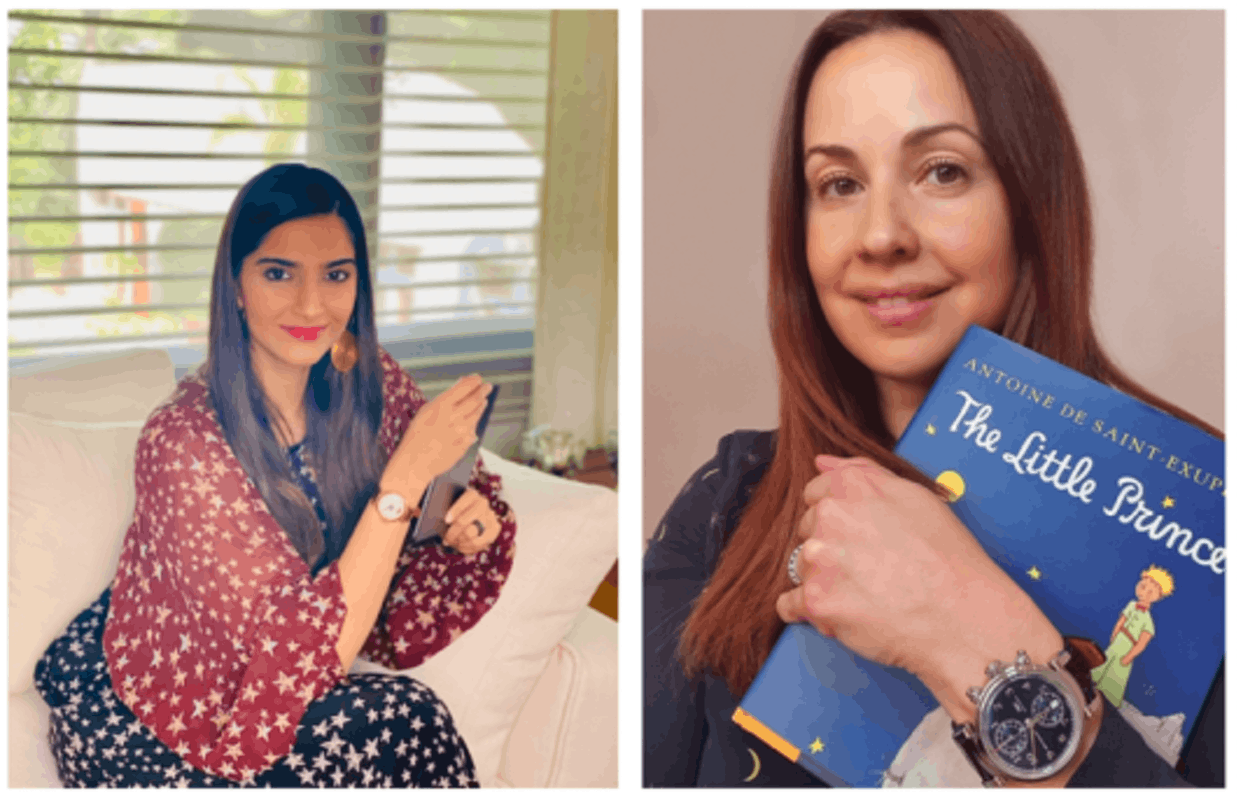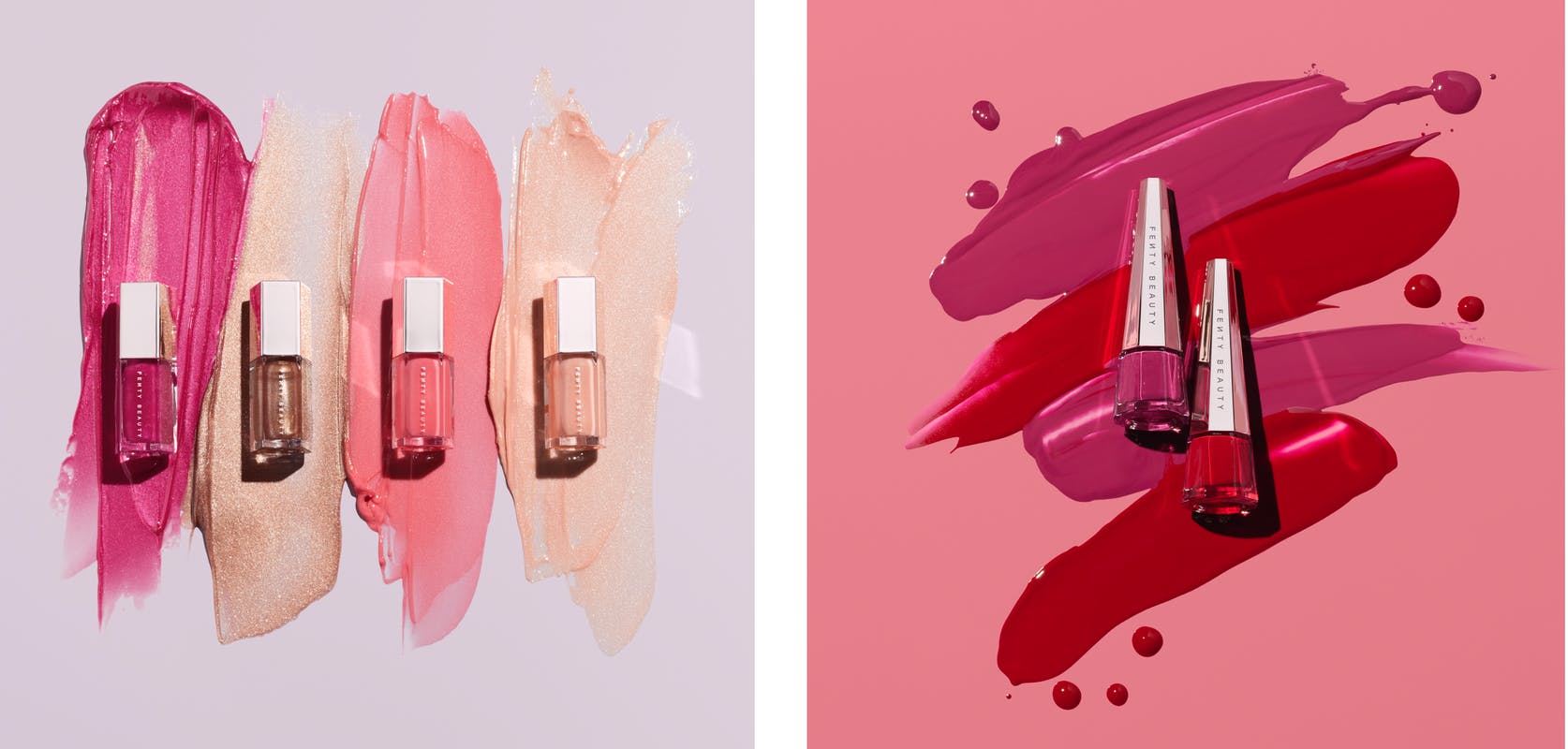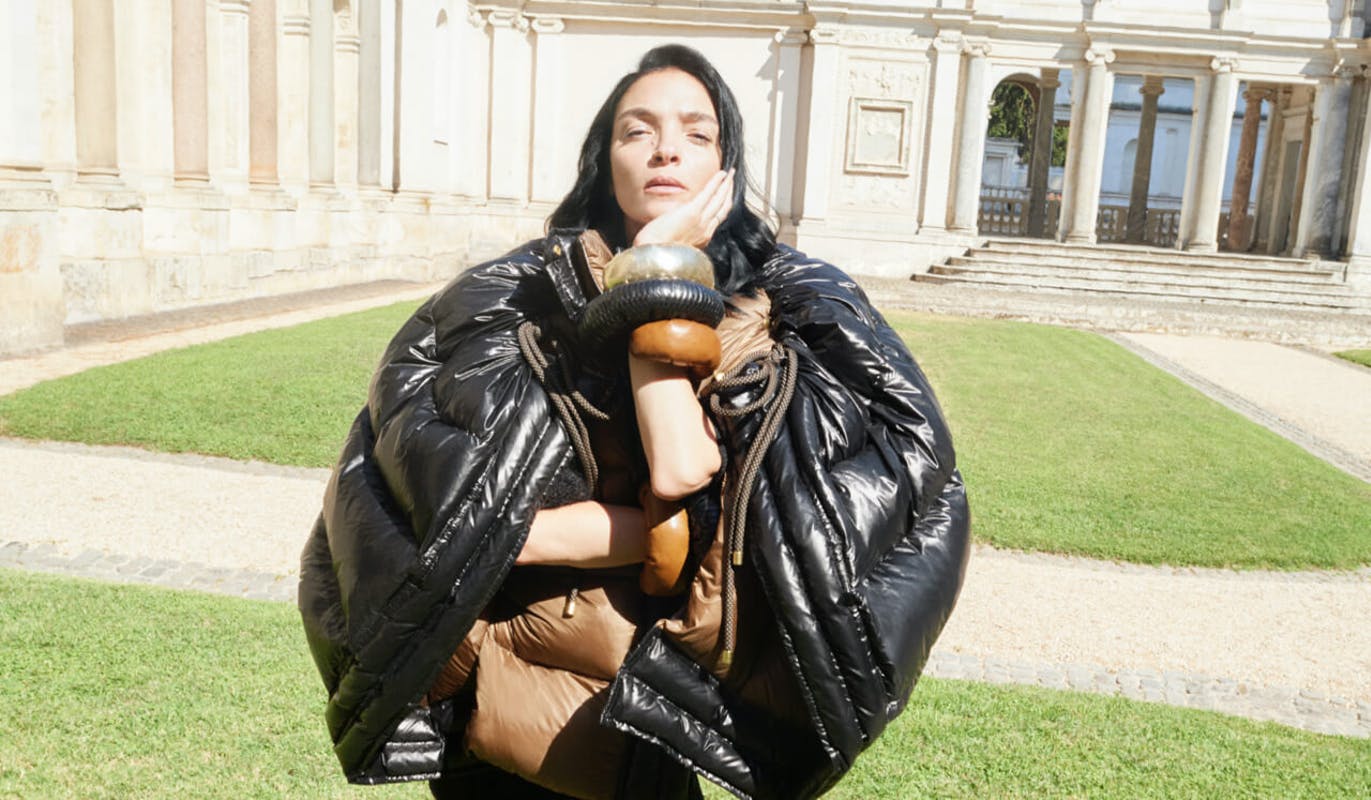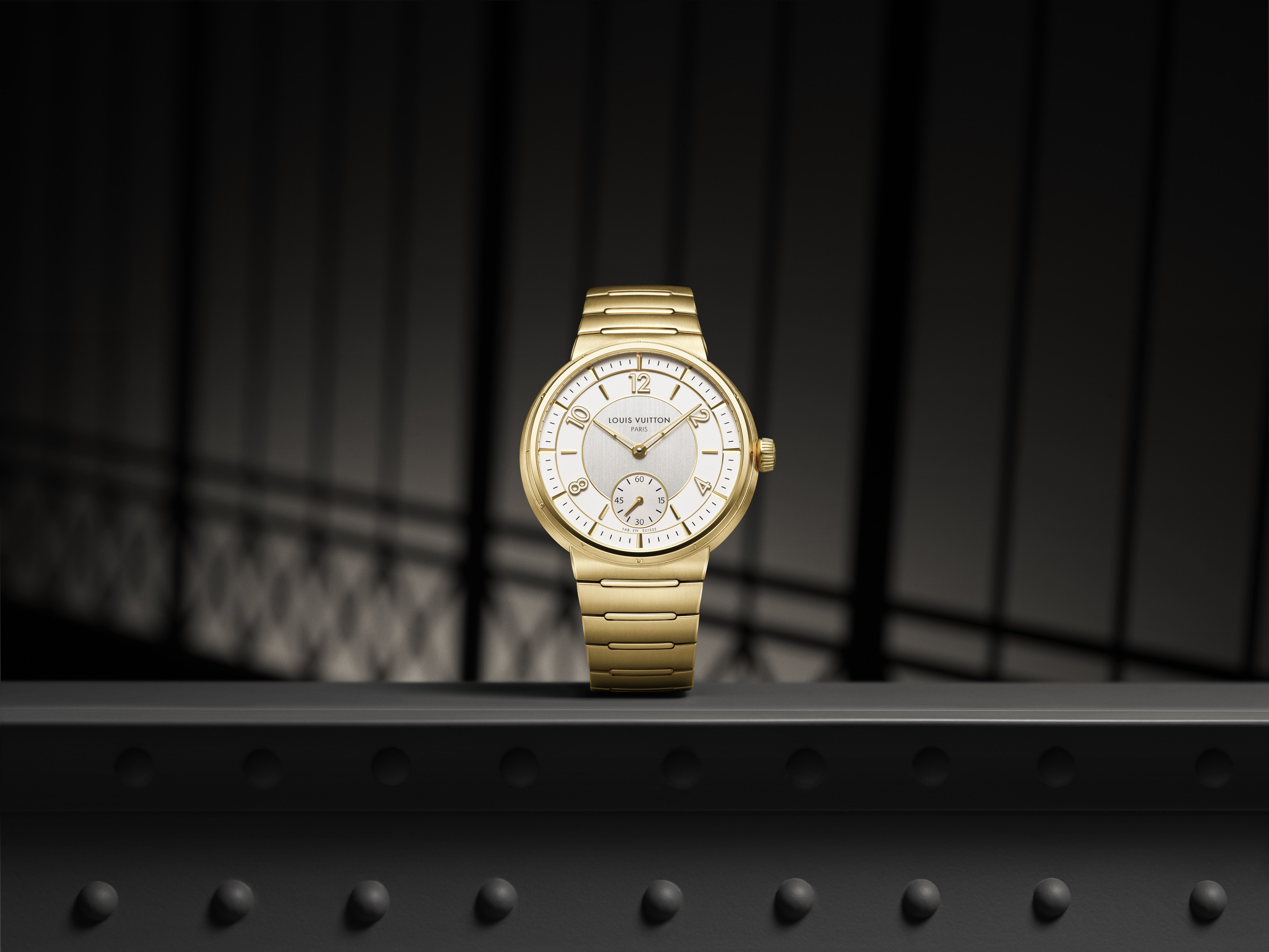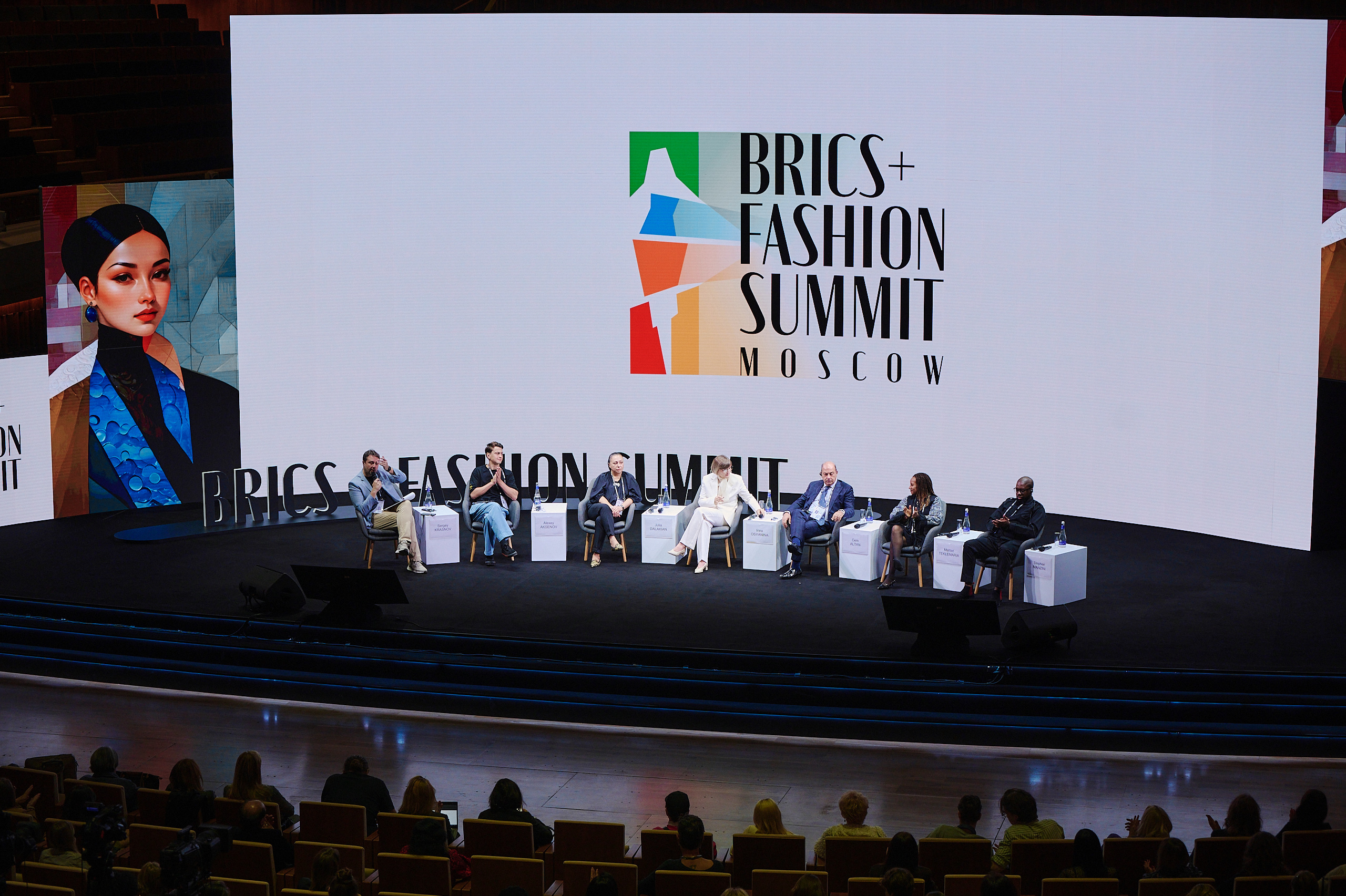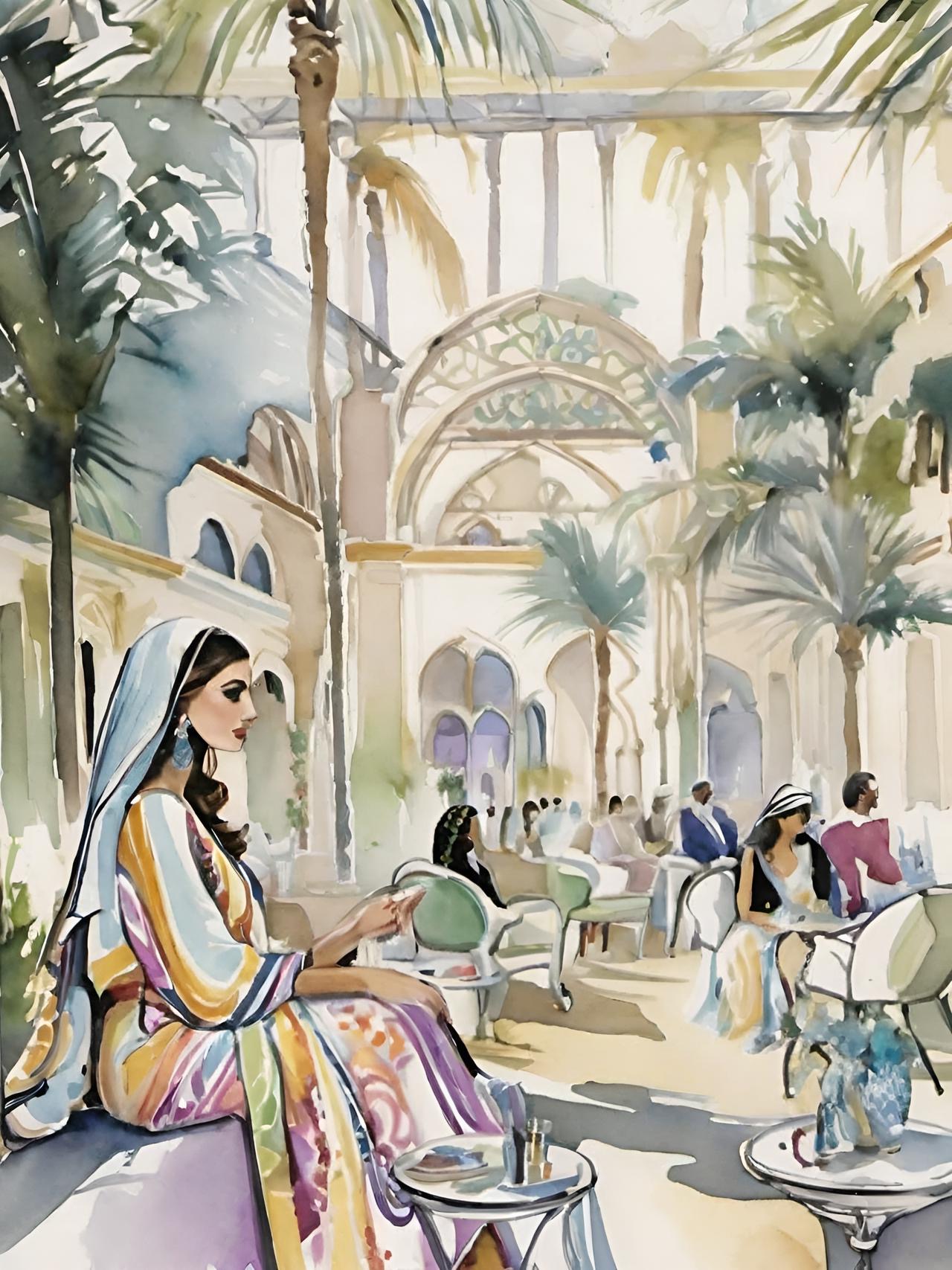
There was a time when “new” was the only language of luxury — the gleam of a just-unboxed handbag, the pristine scent of leather, the thrill of the season’s latest runway drop. Yet, across the Middle East, a quiet shift is unfolding. From Beirut’s ateliers to Dubai’s curated boutiques, vintage fashion has emerged as the new status symbol — an artful blend of nostalgia, discernment, and modern sophistication.
According to Transparency Market Research (2024), the Middle Eastern second-hand luxury market is now worth around US $3.5 billion and is set to grow 11.6% annually through 2034. In Saudi Arabia, a Ken Research (2024) report values the online pre-owned luxury sector at SAR 1.2 billion, driven by young consumers who prize sustainability as much as exclusivity. Meanwhile, Mobility Foresights (2025) projects the UAE’s resale luxury market to more than double — from US $45.3 billion in 2025 to over US $102.8 billion by 2031 — signaling a regional redefinition of what it means to invest in style.
This transformation is not merely economic. It reflects a cultural awakening: the understanding that true luxury is not only about ownership, but about continuity. In a society that reveres heritage and storytelling, vintage fashion resonates deeply — it carries the patina of time and the intimacy of personal history.
“Vintage fashion has emerged as the new status symbol — an artful blend of nostalgia, discernment, and modern sophistication.”
What began as a fascination with silhouettes and signatures — the architectural cut of a Dior Bar Jacket, the burnished hardware of a Hermès Kelly, the sensual geometry of an Alaïa corset — has evolved into a sophisticated form of collecting. As one Dubai-based curator told Vogue Arabia (2024), whose platform Amused saw vintage clothing sales rise 15% year-on-year, “Every vintage piece is a story. In a world obsessed with what’s next, I’m more interested in what has survived.”
This philosophy now extends beyond clothing. Across the Gulf, high-end boutiques like Retold and Garderobe have elevated second-hand fashion into an experience of refinement, where authentication, provenance, and presentation intertwine. Even legacy retailers are embracing the movement: Ahmed Seddiqi & Sons, the UAE’s renowned horology house, recently launched Certified Pre-Owned Rolex boutiques offering timepieces over 50 years old, some valued at US $400,000 (Financial Times, 2024).
Such pieces are no longer seen as remnants of the past, but as living investments — artifacts that appreciate in both worth and meaning.
“True luxury is not only about ownership, but about continuity.”
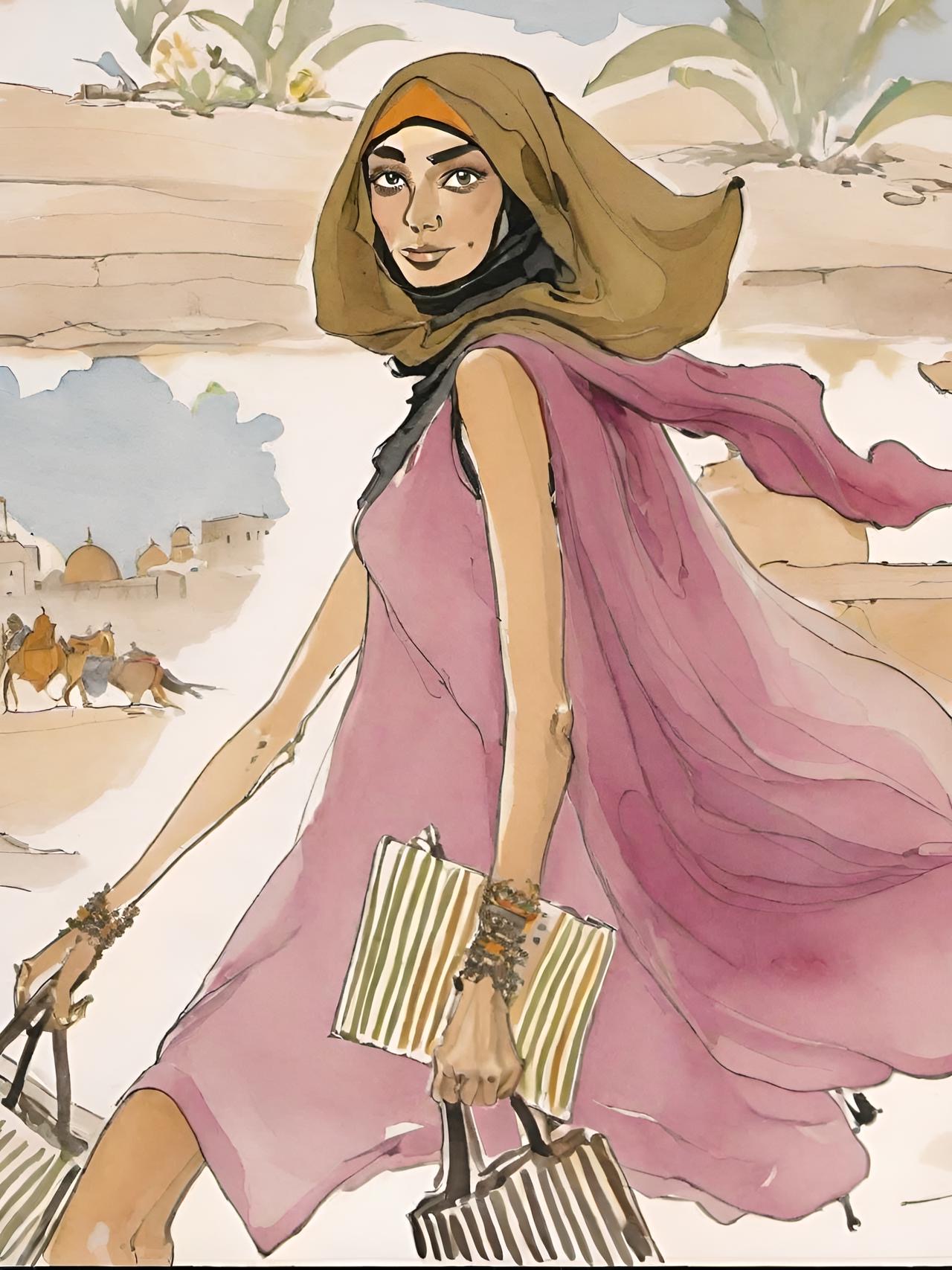
The allure of vintage lies not only in rarity, but in emotional resonance. Younger collectors, particularly women across Riyadh, Jeddah, and Dubai, seek pieces that express individuality and authenticity. The appeal is intimate: a 1990s Chanel blazer carries the energy of an era, the imperfections of a life once lived. In an age defined by repetition and excess, these details feel radical.
This renaissance mirrors regional traditions. From hand-embroidered abayas passed down generations to heirloom jewelry reimagined for modern wear, the act of preserving beauty has always been woven into Middle Eastern culture. Now, that reverence for craftsmanship and memory finds a new expression through global resale platforms such as Vestiaire Collective, The Luxury Closet, and The RealReal, which blend technology, authentication, and storytelling to connect collectors across continents.
To own vintage today is to participate in a quiet rebellion against disposability — to celebrate time as the ultimate luxury. It is about discernment, patience, and the elegance of understanding what endures.
“To own vintage today is to participate in a quiet rebellion against disposability — to celebrate time as the ultimate luxury.”
As the Middle East continues to define the future of global luxury, its embrace of the past feels not contradictory but visionary. Because perhaps the truest form of sophistication isn’t found in what’s new, but in what’s worth keeping.
And in an age obsessed with the next, could it be that the most modern statement of all is to wear the past — beautifully, deliberately, and with meaning?
Credit illustrations: Orianna Zancanaro
related posts
